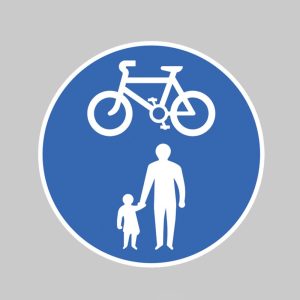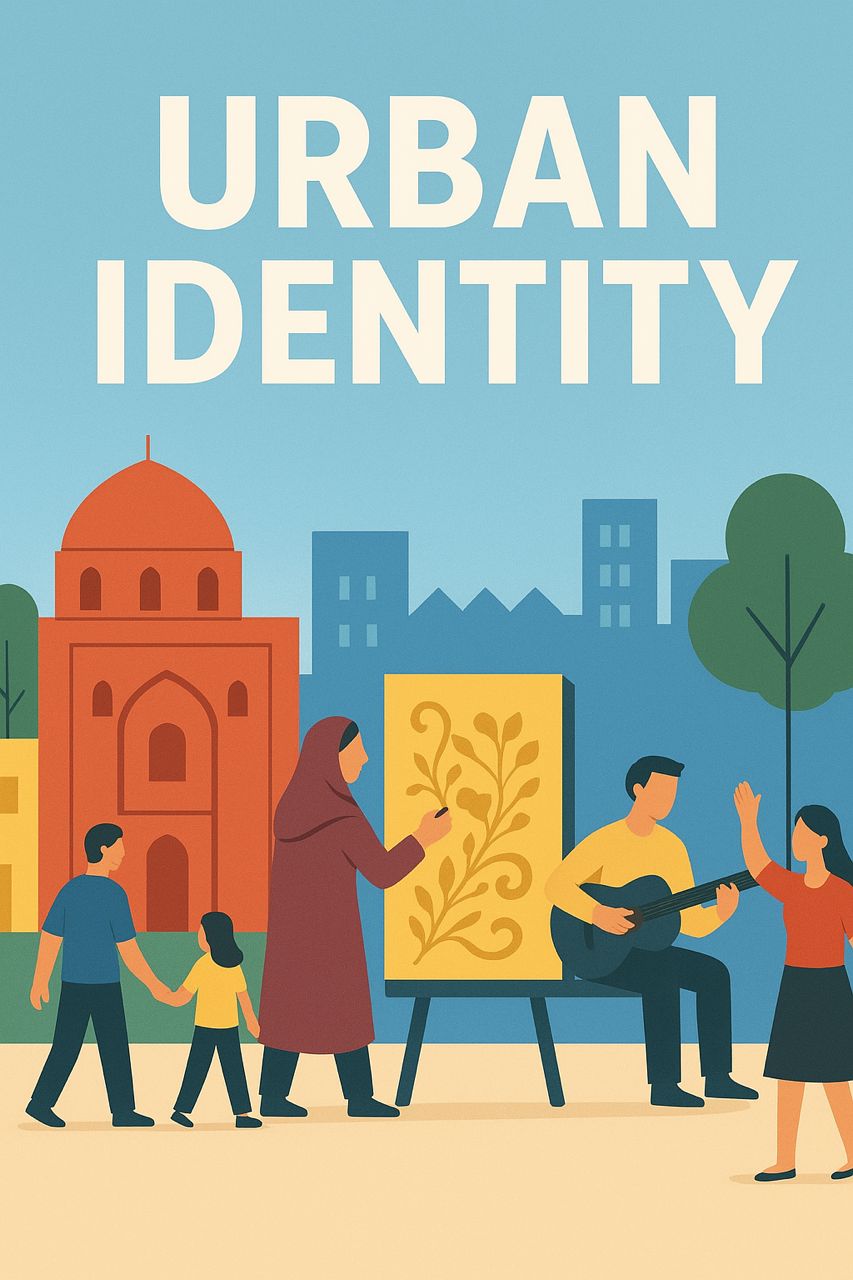
Introduction
Safety in public spaces is a vital factor in urban design and enhancing the quality of life for residents. Given the rising urban population and resultant traffic, pedestrians and cyclists are more at risk of accidents than ever before. According to global statistics, incidents involving pedestrians and cyclists are among the leading causes of fatalities and serious injuries. Therefore, creating a safe and sustainable environment for these groups is essential.
Ensuring safety for pedestrians and cyclists not only helps to protect lives but also encourages greater use of non-motorized vehicles, thus contributing to reduced air pollution and traffic congestion. This issue requires special attention and the development of effective strategies in three fundamental areas: infrastructure design, education and awareness, and laws and regulations.
- Designing Safe Streets
1.1. Physical Infrastructure
- Sidewalks: Sidewalks should be wide and free of obstacles. Using quality materials and creating separate areas for pedestrians and cyclists is essential.
- Bicycle Lanes: Establishing dedicated bike lanes that are physically separated from vehicle traffic can significantly enhance the safety of cyclists.
- Lighting: Improving lighting in dark and high-traffic areas increases visibility and reduces accidents.
1.2. Intersection Design
- Smart Intersections: Utilizing intelligent signal systems that prioritize pedestrians and cyclists.
- Signs and Traffic Signals: Installing clear and comprehensible signs to alert drivers about the presence of pedestrians and cyclists.
- Education and Awareness
2.1. General Education
- Workshops and Seminars: To raise public awareness regarding safe traffic culture.
- Awareness Campaigns: Designing campaigns that emphasize the importance of respecting pedestrians and cyclists.
2.2. Targeted Education for Specific Groups
- Education for Pedestrians and Cyclists: Conducting training sessions for these groups on safe practices in the streets.
- Driver Education: Implementing educational programs for drivers to enhance their awareness of the rights of pedestrians and cyclists.
- Laws and Regulations
3.1. Existing Laws
- Drafting and Amending Laws: The need for enacting and updating laws related to pedestrian and cyclist safety.
- Fines and Penalties: Establishing and enforcing heavy fines for violations of safety laws concerning these groups, such as failing to maintain a safe distance from cyclists.
3.2. Oversight and Enforcement
- Increased Police Presence: The need for more police presence in high-traffic areas to monitor law compliance.
- Reporting Mechanisms: Encouraging citizens to report traffic violations and dangerous behavior by drivers.
Conclusion
To enhance the safety of pedestrians and cyclists, it is essential to focus on infrastructure design, community education, and monitoring law enforcement. Only through the collaboration and synergy of all stakeholders—from government and urban agencies to citizens—can we create a safer environment for transportation. Safety in streets not only helps to preserve human lives but also improves the quality of life in cities.
References
- World Health Organization (WHO). (2018). Global status report on road safety 2018.
- European Commission. (2018). Road Safety: Action Programme 2021-2030.
- National Highway Traffic Safety Administration (NHTSA). (2020). Traffic Safety Facts: A Brief History of Federal Traffic Safety Laws (1980-2020).
- Institute for Transportation and Development Policy (ITDP). (2019). Global Cycling Challenge: Safe Cycling Infrastructure.
- Transportation Research Board. (2010). Pedestrian Safety: A Guide for Engineers, Planners, and Managers.
- National Safety Council (NSC). (2021). Pedestrian Safety: A Priority for Traffic Safety Initiatives.




